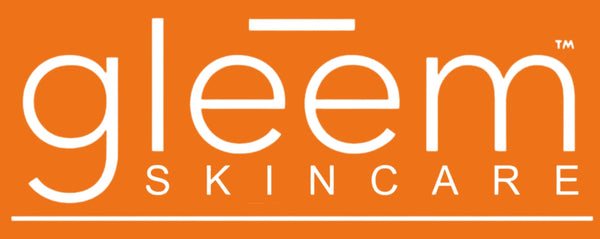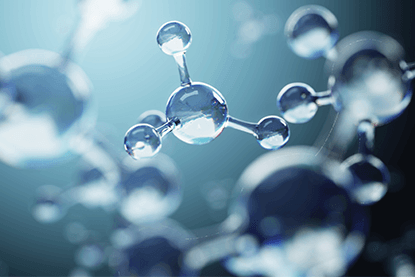Exfoliate. Rejuvenate. Smooth. Improve. Those aren’t just buzz words: they’re proven benefits of skincare exfoliating superstar glycolic acid. Dermatologists and estheticians alike say that glycolic acid is amazing because it can literally change your skin.
Glycolic acid is an alpha hydroxy acid (AHA), a naturally occurring chemical exfoliant that helps break down dirt, grime, and dead skin cells on the surface of your skin. Glycolic acid gets its acidic qualities from sugarcane or sugar beets. This exfoliating skincare ingredient can penetrate deep into your skin’s pores and has been shown to help improve skin texture, smooth fine lines, improve skin tone, minimize hyperpigmentation and encourage cell turnover.
AHAs are invisible and undetectable to the touch. Glycolic acid breaks down the bonds of dead skin cells to loosen the “glue” holding them together, as well as dirt so they can be sloughed off and uncover the newer, brighter skin underneath.
Glycolic acid benefits your skin through exfoliating, brightening and moisturizing to support healthy skin.
Glycolic acid dissolves the top layer of dead skin cells, taking with it dullness and dark patches with it for brighter healthy complexion. And newer, fresher skin cells help skin reflect more light to further enhance natural radiance.
Skin looking dull, dry or sunken? Glycolic acid is a natural humectant that attracts water molecules like a magnet and draws moisture to skin for a more plump and supple complexion.
Improves the look of wrinkles and smooths skin. According to a Kobe University School of Medicine study, participants who routinely used glycolic acid saw a reduction in total wrinkle length. Glycolic acid benefits include removing dead skin cells in and around wrinkles and leveling out the surface of skin to visibly reduce signs of fine lines, while its water-absorbing properties can plump wrinkled areas.
In a 12-week clinical study, researchers found that participants who used a topical treatment containing 10% glycolic acid saw a significant improvement in hyperpigmentation, suggesting that glycolic acid may help decrease discoloration on the skin.
Glycolic acid’s small molecular structure means it can dive deep into pores and dissolve excessive oils that are known breeding grounds for acne. Glycolic acid can also remove excess dirt or dead skin that may clog your pores and cause inflammation, another well-known acne trigger.
Glycolic acid’s exfoliating properties clear the way for deeper penetration of other skincare ingredients. But use caution when cocktailing, layering or mixing glycolic acid on your own; rather, invest in your skin’s health with Gleem Beauty that perfectly blends glycolic with other ingredients.
Resources for this information:
Molecules, 2018, volume 23, issue 4
Center for Surgical Dermatology & Dermatology Associates Website, News
Journal of Dermatological Science, 2001, volume 27, issue 1, pages 53-59
Journal of Cosmetic Dermatology, 2021, volume 20, issue 3, pages 776-780
Cogent Medicine, 2018, volume 5
Dermatologic Therapy, 2021, volume 34, issue 6
Molecules, 2018, volume 23, issue 4

